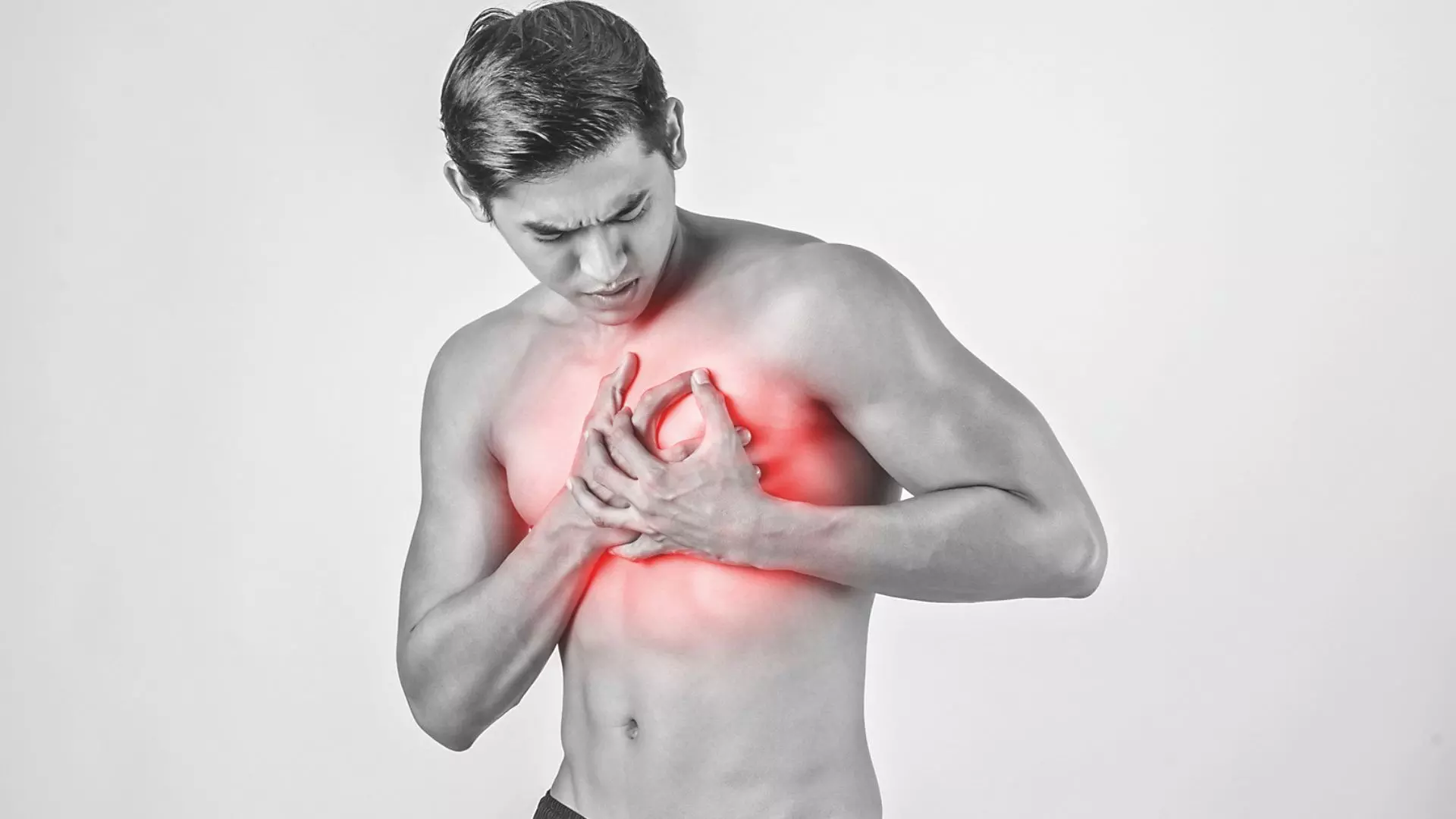Understanding Medical Emergencies
Experts explain the differences between situations such as heart attack, heart failure, cardiac arrest, and stroke

Most people interchangeably use terms related to medical emergencies and are often unable to differentiate between heart attacks, cardiac arrest, heart failures, and stroke. However, each of these critical malfunctions needs a specific response, and therefore understanding these conditions, recognising their symptoms, and correctly responding to an emergency triggered by each is crucial for saving lives, explain doctors.
Stroke versus cardiac ailments
A stroke is caused by an obstruction of blood flow to the brain (due to clots or rupture in blood vessels), and brain cells start dying due to lack of oxygen. Dr Mohan Krishna, a senior neurologist at Yashoda Hospital, explains the symptoms of a stroke to help people distinguish it from heart attacks and cardiac arrest. “We use the acronym FAST for symptoms of stroke. F stands for face distortion with incoherent speech, A refers to arm and leg weakness, S indicates speech disturbance where the patient cannot comprehend what others are saying, and T refers to time to identify the symptoms and react. The sooner the hospital receives the patient and administers treatment, the better the outcome will be. In India, the failure to treat FAST symptoms within the golden hour often results in the patient developing paralysis. It is also crucial to transport the patient to a hospital equipped with an MRI or CT scan, as neuroimaging is essential in determining whether the stroke is caused by blood clots, a rupture, or leaking blood, as the treatment plan varies accordingly.
HEART ATTACK
Dr Rajeev Menon, clinical director of cardiology, AIG Hospital says, “A heart attack, also known as a myocardial infarction, occurs when the blood flow to a part of the heart is blocked, often due to a clot in the coronary arteries (blood vessels that wrap around the heart and supply it with oxygen-rich blood). This deprives the heart muscle of oxygen and can lead to tissue damage. If the blocked blood flow isn’t quickly restored, parts of the heart muscle begin to die. This damage can weaken the heart’s ability to pump blood to the rest of the body and can lead to mortality.”
Some symptoms of heart attack
Chest pain or discomfort, often described as pressure, tightness, or a squeezing sensation.
Pain can also come from different parts of the body like radiating from the arms, back, neck, jaw or stomach.
Shortness of breath, sweating, nausea or lightheadedness.
Women and elderly patients might experience symptoms like fatigue or shortness of breath without intense chest pain.
Treatment options
Depending on the severity of the blockage, age and other medical conditions, treatment can vary.
Medical management includes use of blood thinners and clot-dissolving drugs.
Minimally invasive interventional cardiology procedures called Angioplasty and stenting are done to open blocked arteries.
In severe cases of multiple blockages, Coronary Artery Bypass Surgery is recommended.
Symptoms
Persistent shortness of breath, during activities or while lying down.
Swelling in the legs, anklesand feet due to fluid build-up.
Fatigue and weakness.
Rapid or irregular heartbeat.
Treatment options
Medications like diuretics, ACE inhibitors or beta-blockers help to manage symptoms and improve heart function. Lifestyle changes, including a low-salt diet, regular physical activity and avoiding alcohol is important.
If the condition deteriorates, devices like pacemakers or implantable defibrillators in advanced cases are implanted into the patient.
CARDIAC ARREST
The heart muscle has its own electrical system that sends signals to make the heart beat regularly. Cardiac arrest is a sudden, life-threatening condition where the heart abruptly stops beating due to an electrical malfunction. This leads to a complete stop in blood flow to the body, including the brain, which can cause death within minutes without prompt treatment.
Signs of sudden Cardiac Arrest include sudden collapse or unresponsiveness, no pulse or breathing, loss of consciousness.
First Aid and Treatment
Call emergency services immediately and start performing CPR (cardiopulmonary resuscitation).
The bystander should continuously do cardiac massage as this can help maintain circulation until professional help arrives.
One should use an Automated External Defibrillator (AED) if available, which can deliver an electric shock to restore the heart’s rhythm.
Patients should be rushed to a hospital that has a multidisciplinary cardiology team for further treatment.

